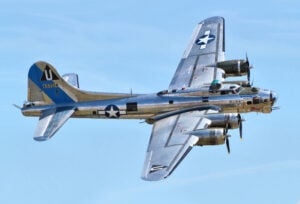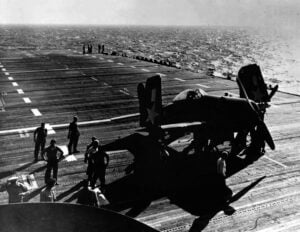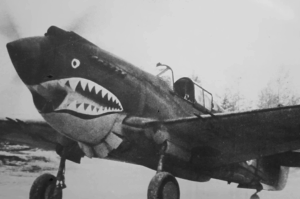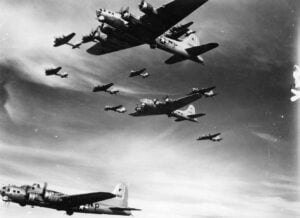The Unsolved WWII Plane Crash Over the Isle of Man That Took 31 Lives

Photo by See page for author, Public domain, via Wikimedia Commons
A Flight Meant for Rest
In late April 1945, the war in Europe was drawing to a close. German forces were collapsing, and for many Allied airmen, the skies finally promised relief from months of combat. Yet on April 23rd, the 381st Bombardment Group faced a tragedy far from the front lines. Thirty-one men boarded a B-17G Flying Fortress for a short trip to Belfast, Ireland, looking forward to a week of rest and recreation after years of missions over hostile skies. Their pilot, Captain Charles Akerman of the 534th Bomb Squadron, was seasoned and highly trusted.
The passengers included ground crew, armorers, fitters, and mechanics, many of whom had served with the 381st since its arrival at RAF Ridgewell in 1943. With two pilots on board, the aircraft carried a total of 31 men. The B-17 took off at 8:00 a.m., expected to arrive at RAF Nutts Corner by 11:00. Weather reports indicated clear skies, but the Irish Sea and the Isle of Man could conceal sudden clouds and fog over its rugged terrain. The crew and passengers anticipated a peaceful flight, unaware that the hills of the Isle of Man held a silent danger.
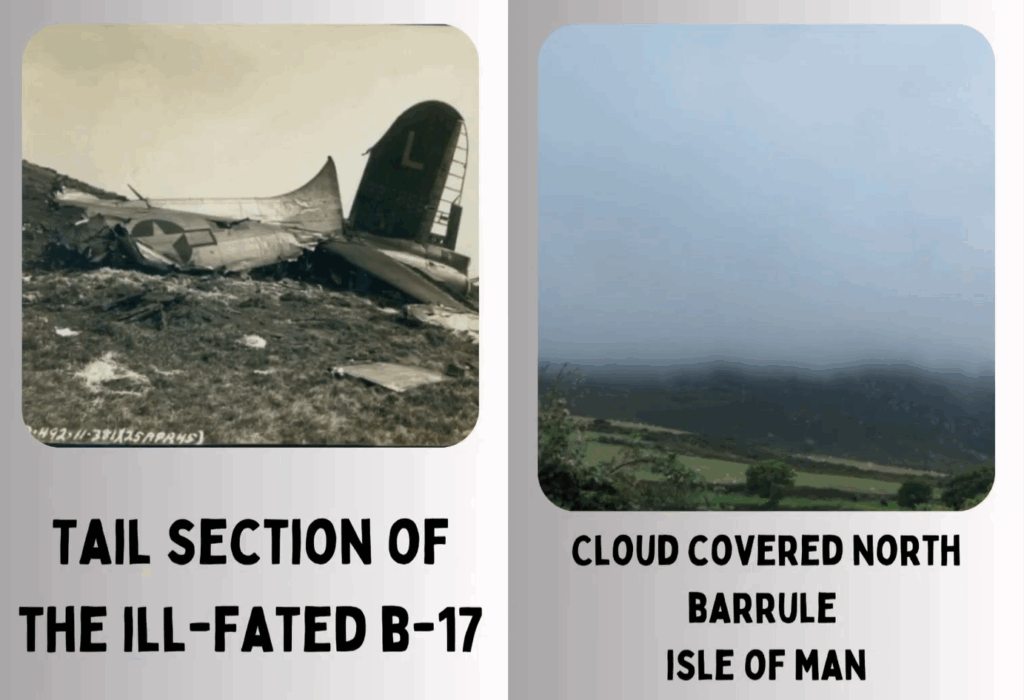
The Crash and Immediate Aftermath
At 10:15, the B-17 was off the northeast coast of the Isle of Man, flying low at 500 feet. Minutes later, it struck the east side of North Barrule, a 1,842-foot-high hill often hidden in mist. The impact caused a massive explosion, killing all 31 men on board. A nearby farm worker reported hearing the blast, alerting authorities to the crash. Personnel from RAF Andreas recovered the bodies and transported them to the base for identification. This incident became the deadliest aviation accident on the Isle of Man during the war.
The following day, April 24th, another B-17 arrived from RAF Ridgewell carrying Colonel Conway Scott Hall, the base commander. He learned that arranging the repatriation of the bodies through the Isle of Man’s government would take several days. To expedite matters, he decided to fly the remains back to Ridgewell on April 25th. The decision caused a minor diplomatic issue but ensured the victims were returned promptly. The 31 men were later buried at the Cambridge American Military Cemetery, providing a place for families and comrades to honor them.

Impact on the 381st Bombardment Group
The crash had a profound effect on the 381st Bomb Group. These men were not only colleagues but close friends who had shared the dangers of combat over Germany. Squadron leaders described the loss as hitting “where it hurt most,” as the men had survived countless missions only to be killed in peacetime flight. The aircraft that carried their remains, nicknamed Little Rocket, had its own history, having flown the first 8th Air Force heavy bomber mission in 1942. The symbolism of returning the men aboard a storied bomber underscored the continuity of service and sacrifice within the group.
A memorial service was held on April 27th, 1945, only four days after the crash. As the war approached its end, grief remained fresh among surviving members and base personnel. For decades, the memory of the crash remained in official records and personal accounts, but the site itself was remote and largely unmarked. In 1995, half a century later, citizens of the Isle of Man installed a plaque at the crash site. It honors the 31 men of the 381st, as well as others lost in nearby hills during flight operations. The marker serves as a quiet reminder that the human cost of war often extends beyond the battlefield, etched permanently into the landscape.
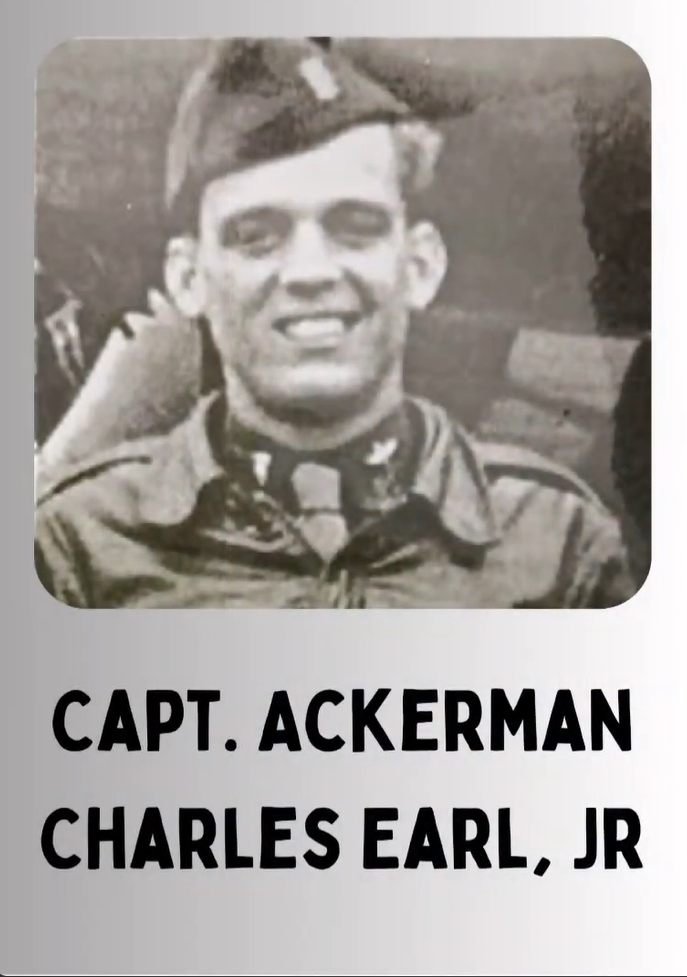
Remembering the Fallen
The men aboard the B-17 had looked forward to rest, a brief return to normal life after enduring the hardships of aerial combat. Their hopes were cut short in a moment of unforeseen tragedy. The mountains of the Isle of Man became their final resting place, a peaceful but somber backdrop for a story of sacrifice. Decades later, the memory of these airmen continues to be honored, a reflection of courage, duty, and the hidden dangers that persisted even as victory approached. The 381st Bombardment Group, like the families and comrades of the fallen, remembers each of the 31 men lost that day, ensuring their service is not forgotten.













